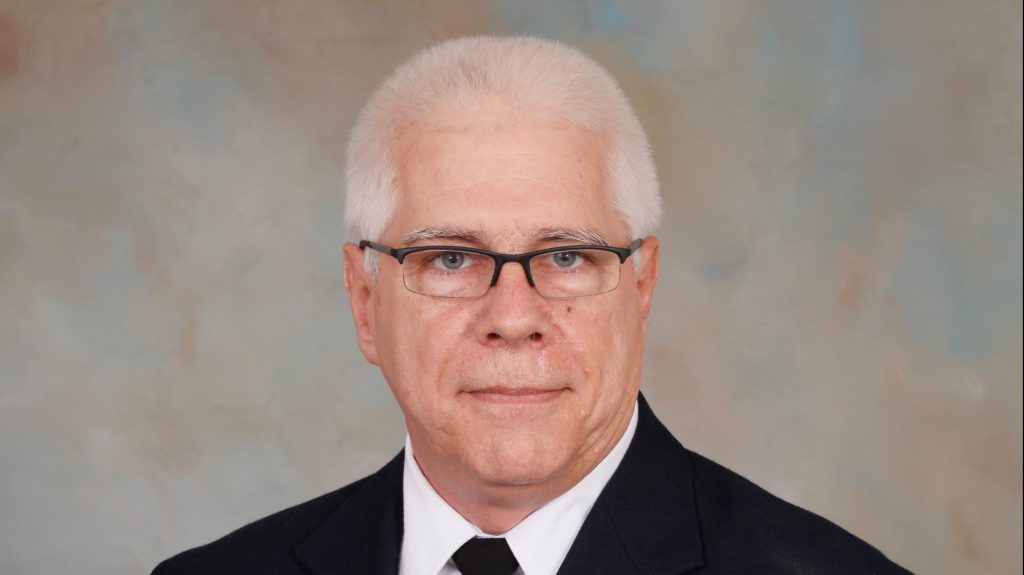
As seen on WalletHub.com
Michael Barth
Ph.D. – Associate Professor of Finance, Associate Dean and Department Head for the Tommy & Victoria Baker School of Business at The Citadel
What can we learn from Capital One’s marketing strategies, particularly its television advertising?
I don’t have anything in particular to comment on, other than Capital One seems to know what they are doing. They do a lot of cross-selling and they do a lot of social media advertising to go after the young folks, but they also do some of the old tried-and-true stuff like TV ads. If its memorable, it is good advertising. Things like the GEICO Gecko and the “What’s In YOUR Wallet?” slogan from TV are examples of “memorable”.
Capital One is one of just a few credit card companies that offer cards to people of all credit levels and do not charge foreign transaction fees on any of them; how do they manage to do that and turn a profit?
There is a price for every level of risk. If you have a better understanding of pricing, then you can match risk to rate and earn above-normal returns. Simple concept, hard to achieve in practice. However, good data analytics practices lead to good pricing practices lead to enhanced profits. The chargeoff rate for Capital One is higher than “average” but that can be factored into the product pricing. In addition to the price, the limits on the amount of credit can be set to minimize the impact of specific losses.
For example, say you earn an average of 14% on your credit cards and have a 6% chargeoff rate and a 2% cost of funds rate (this is an overly simplistic example, but it illustrates the point). Your spread is (14% – 6% – 2%)=6%. Compare that to a more selective company that earns 10% (lower rates) from the low-credit risk customers, has a chargeoff rate of 3% and a cost of funds of 2%, giving them a spread of (10% – 3% – 2%)=5%. Which is more?
There are some other pricing mechanisms that can be employed as well. For one, if you have more chargeoffs, use lower credit limits on the cards so that you better limit the chargeoffs per card.
Fee income and swipe fees from merchants can also be managed. I have an American Express card in my wallet that I never use and a Wells Fargo Visa that I wear the spots off of with my monthly charges. American Express does not earn interest on me, but neither does Wells Fargo, because I pay off the balance each month. Wells Fargo earns the swipe fees, though, while American Express doesn’t. The more I use the card, the more fee income for the card issuer, even if I don’t carry a balance. I also note that Wells Fargo also has my checking account, savings account, and home mortgage, and they look at my package of accounts rather than at the individual accounts.
Capital One does a lot of cross-selling, which helps increase the profit-per-customer. If they are going to underwrite me for a car loan, it is the same basic steps that they have to take to underwrite me for a credit card. If you can do that in one step, then it creates synergies through economies of scope and scale.
Which do you think sounds like more value to the average consumer: double miles or 2% back?
Most folks prefer cash back to double miles. I have 110,000 Delta frequent flyer miles that I racked up by flying for business and by using a credit card that earned Delta Skymiles. However, I haven’t been on a Delta flight for years. On the other hand, I have a card in my wallet that pays 2% cash back, and I see that money every month when I go to pay the credit card bill. Might not be as much over the course of a year as a free airline ticket, but it is instant gratification and a constant reminder because I can reap the reward every month when I pay my credit card bill. Studies in behavioral finance tell us that people are more likely to choose a sure amount today than an unsure amount in the future, even if the unsure amount might be higher. If I earned enough frequent flyer miles to qualify for a trip each month, I might look at the mileage card differently, but the last time I tried to use the frequent flyer miles for a trip was five years ago and I hit a blackout period anyway. So much for tens of thousands of miles. The last time I earned $13.87 on my 2% cash back card was in December, and I applied that $13.87 against my outstanding bill in January without any fuss whatsoever. So for the average customer, the 2% cashback card couples instant gratification with a virtually effortless redemption transaction, and that creates a perception of greater value. Think of a 2% cash back reward as the equivalent of the bird in the hand and the frequent flyer miles earned on the mileage card as the two in the bush. Everyone knows that a bird in the hand is worth two in the bush, even though it is only half as many birds.

 The Citadel in East Africa
The Citadel in East Africa The Citadel rifle team sends five cadets to Junior Olympics in Colorado
The Citadel rifle team sends five cadets to Junior Olympics in Colorado The Citadel recognizes Team of the Year and Employee of the Year
The Citadel recognizes Team of the Year and Employee of the Year

